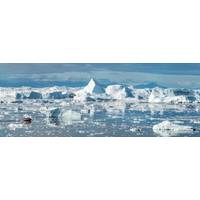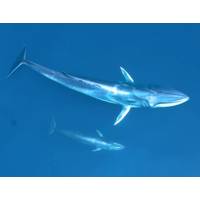
Climate Change is Flooding the Arctic with Light – and New Species
easier by singling out species that have caused harm elsewhere and that could endure Arctic environmental conditions. Nearly two dozen potential invaders show a high chance for taking hold in Arctic Canada.© shorex.koss / Adobe StockAmong these is the cold-adapted red king crab, native to the Sea of Japan, Bering Sea and North Pacific. It was intentionally introduced to the Barents Sea in the 1960s to establish a fishery and is now spreading south along the Norwegian coast and in the White Sea. It is a large, voracious predator implicated in substantial declines of harvested shellfish, sea urchins

Sunken Submarine USS Stickleback Found
.In nine years, Taylor and his team have discovered six U.S. submarines and amassed the most comprehensive historical archaeological records to date.The WWII submarine Stickleback, commissioned on March 29, 1945, was deployed to Guam and began her first war patrol on August 6 when she departed for the Sea of Japan. She arrived the following week and began her patrol. During this timeframe, the atomic bombs had been dropped on Hiroshima and Nagasaki and it was believed the war would end shortly.Stickleback had only been in the patrol area for two days when the cease-fire order was passed. She remained in

'Elusive' Omura Whale Spotted
the eyes of the marine mammal research community to what had often been misidentified or just plain mysterious whales. For decades, they were mistakenly classified as small Bryde’s whales.When first classified as a species in 2003, Omura’s were only known in three locations – the Sea of Japan, the Solomon Islands east of Papua New Guinea, and the Keeling Islands, west of Indonesia. From 2003 through 2013, their known range expanded to a few more locations in the eastern Indo-Pacific region. After the release of Dr. Cerchio’s video, the number of documented sightings increased
North Korea Test Fires Submarine Missile
North Korea test fired a submarine-based ballistic missile (SLBM) from its east coast on Wednesday, CNN reports quoting South Korean authorities. The missile flew about 500 kilometres before splashing into the Sea of Japan — the first missile of its kind to reach such a distance. The launch took place at 5:30 a.m. local time, according to a statement from the South Korean Foreign Ministry. The South Korean government and experts said the launch showed technical progress in the North's SLBM program. Having the ability to fire a missile from a submarine



 February 2024
February 2024





